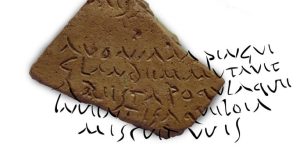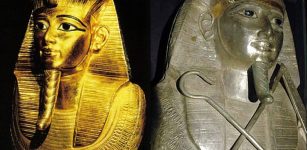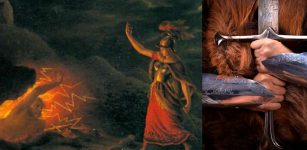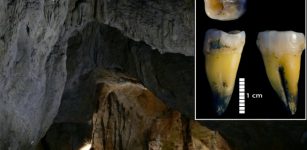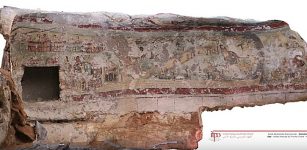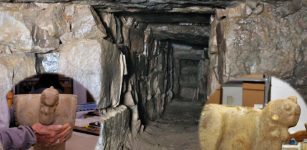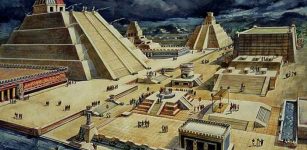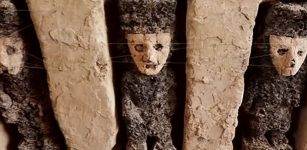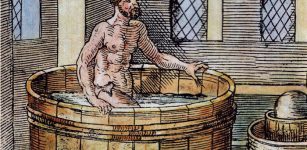Cacao Was Cultivated By Cultures Along The Pacific Coast Around 5,000 Years Ago – New Study
Conny Waters - AncientPages.com - According to recent research, the cacao tree (Theobroma cacao), which produces beans used for products like chocolate, liquor, and cocoa butter, likely originated from the Amazon basin, and reached other parts of South and Central America via trade routes as early as 5,000 years ago.
Ancient Cacao Drawing - Image credit: Sacred Chocolate.
Examining residues found in ancient containers has shed light on the breeding patterns of various cacao tree strains. This study implies that cacao products were more prevalent among ancient South and Central American societies than it was initially believed.
The contemporary cacao tree, scientifically referred to as 'the food of the gods,' is a significant crop among the world's primary crops.
Claire Lanaud and her team conducted a comprehensive study on residues found in 352 ceramic artifacts. These items were sourced from 19 pre-Colombian societies and ranged in age from roughly 5,900 to 400 years. The study's geographical scope was quite extensive, covering regions such as Ecuador, Colombia, Peru, Mexico, Belize, and Panama.
The authors tested for the presence of ancient cacao DNA and those of three methylxanthine (mild stimulant) components that are present in modern T. cacao strains—theobromine, theophylline, and caffeine—to identify ancient T. cacao residues.
To establish the ancestry of ancient cacao present in the ceramic items, the researchers also used genetic information from 76 modern samples of T. cacao.
These samples might shed light on the ways in which ancient cacao strains evolved and propagated.
Image credit: 526663 - source
The research results show that cacao farming was widespread along the Pacific Coast shortly after it was first domesticated in the Amazon around 5,000 years ago. The significant diversity among the ancient strains suggests that different genetic populations were crossbred.
The discovery of cacao genotypes from the Peruvian Amazon in the coastal Valdivia region of Ecuador implies that these societies likely had a long interaction history.
Peruvian strains were also found in artifacts from the Colombian Caribbean coast so it indicates that cacao strains underwent wide distribution across different countries and were cross-bred to adapt to new environments.
The conclusion drawn here is that a better understanding of cacao's genetic history and its diversity could significantly help combat challenges like disease and other manifestations of climate change that threaten modern cacao strains.
Written by Conny Waters - AncientPages.com Staff Writer






